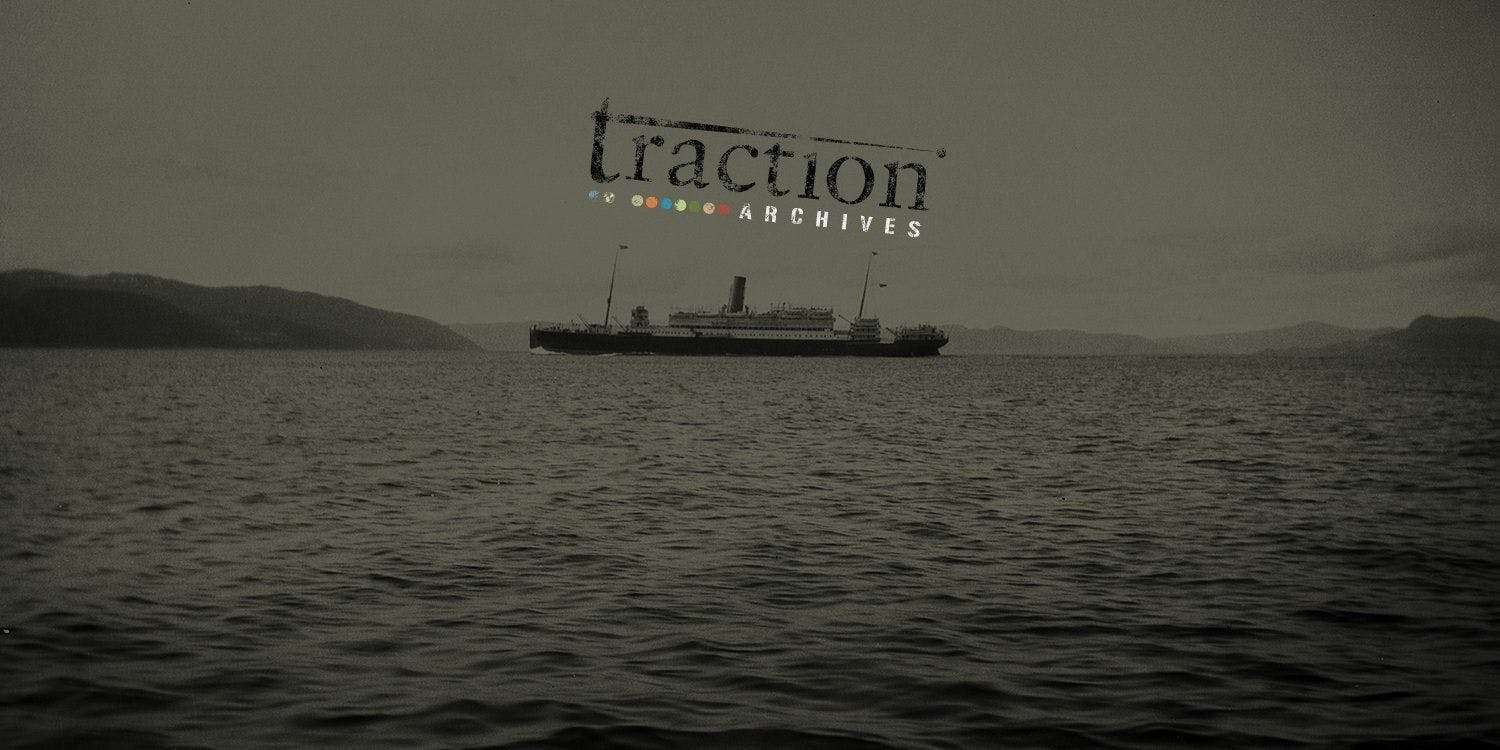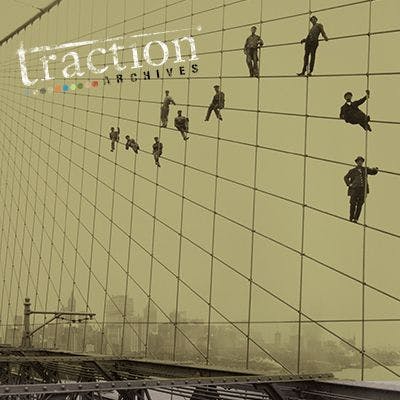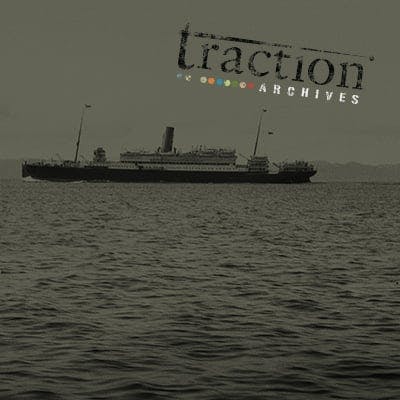Ground control to Major Smithson

By Tack Trudell
On January 3, 2011 David Friedman posted a pretty grand idea. Crowdfund a mission to put a monolith on the Moon. This would be an ultimate scale nerdy prank.
But it set bells off in my head. Why not create fine art in space? And what form would it take?
This is not your father's spacemobile.
Up until recently space has been a "serious" endeavor that only governments and businesses have engaged in. Part of that had been a matter of law. Many space-faring nations forbade launches by private entities. For instance, in the US you can build an airplane, get the FAA to sign off on it, get clearance from air traffic control and take off. There was no legal way to get that sign off and clearance for spacecraft as a private entity for a long time. It took nearly three decades of deregulation (Commercial Space Launch Act, Launch Services Purchase Act and Commercial Space Launch Amendments Act) to get to the point where Completely private access to space became practical in the US.
Another factor has been cost. This is often rated in dollars per kilogram. For heavy launch systems this can vary wildly in the tens of thousands. Getting a ton of stuff into low earth orbit will set you back $10.9 million on a Falcon 1. 70,548 lbs to LEO on a Falcon 9 Heavy will set you back $95 million.
Before Dennis Tito became the first space tourist in 2001 most things humans did in space was a national, scientific or commercial priority. It is only recently that we are able to access space for other purposes such as recreation, hobbies and art.
Enter the Galactic Wing Walkers.
Thanks to initiatives like the X-prize we have many private entities racing to innovate and get into space. The intent of these prizes is to set up an environment like we had in the early days of aviation. Prizes for the fastest plane, the longest flight and races made the new mode of transport explode. Airshows came into being and with them airborne performance art. Aerobatics. Wing walkers. The private sector in space and deregulation expands the art world into other worlds.
Now anybody who can fund launch, payload and labor can complete a mission. Christo and Jeanne-Claude raised budgets in the $21-26 million range for their installations. That would more than pay for a Falcon 1 launch.
What kind of art could we create?
The first thing that comes to mind for me is land art. For now most viewers would be far away from the art object. So art as large as possible seems to make sense. Something that were it on the Moon could be seen with a telescope a public school or individual could afford. Or if not seen, experienced. Terrestrial land art pieces like Star Axis and Roden Crater are naked eye observatories. Some bodies in our solar system are visible by the naked eye. What if every once in a while a set of naked eye observatories lined up? Humans on other bodies looking at the earth while humans on earth looked back. Just building such structures without humans present on the bodies would be significant. What if we built a Star Axis for aliens? They find this out of place structure, go inside, look up and see us? It's like instead of saying "we are here", "we are there, and we are space faring artists".

I'm also reminded of large scale installations like Christo and Jeanne-Claude's "Umbrellas". Instead of connecting continents with works of art, we connect the planets.

To MakerBot and Beyond!
Sending huge art into space could cost billions of dollars. With land art we can just send machines. Loaders like the Bobcat are within the mass limits of heavy lift rockets. We can't just slap an Arduino on one and blast it into space. They aren't designed to withstand the vibrations of launch or the radiation and temperature extremes of space. So these machines would have to be purpose built. 3d printing is also an option. There are designs for machinery that can print a house . What if we're able to mix concrete using lunar regolith? Imagine just sending machines to the Moon and uploading CAD files of our work. The robotic act of construction could also be a performative piece.
Archeological fakes also come to mind. Imagine being a NASA employee looking at new imagery from a martian rover and finding a campsite. There's a throw-tent, cooler, fire pit, some empty beer cans and a sign that says "Gone Fishin'". A small light payload could be disguised as an experiment and piggybacked on another launch. Once it's put in it's orbit it sneaks off to Mars X-37B style.

I also think architecture would be interesting. We've been dreaming up Moon bases for as long as we could see the Moon. We've been there. But nobody has built one because it didn't fit a national or commercial purpose and the legal issues surrounding Moon exploitation. I'm reminded of Empress Anna's Ice Palace. And Heizer's City. And Field of Dreams. Maybe if we build a human habitat as a work of art people will just come.
Coke Adds Lights.
And what of art in orbit? Can we send up a payload to play with the Aurora Borealis? Low Earth Orbit is partly in the Ionosphere. What if we have a satellite or satellites that use a charged particle emitter to create our own aurora laser light show?
Really, there's no end of possibilities. If we can dream it and fund it, we can do it.
Speaking of Funding...
Dreaming is cheap. Doing is what costs the big bucks. So where would they come from? Friedman mentions Kickstarter . $500,000,000 by asking 5,000,000 for $100 a pop. I don't think some of these pieces would cost that much. Christo and Jeanne-Claude were able to raise tens of millions by selling mock ups, models and diagrams of the proposed works and prior works. And many large scale land art has been funded by the Dia Art Foundation . The costs of space based art are within the capacity of the current patronage/commission system. Crowdfunding might work. And if Dennis Tito can afford a vacation on the ISS, there are many people who can leave their legacy in orbit.
So, why?
Why create any fine art for that matter? Art helps us understand life. It serves to guide us towards meaning in the changes in the world around us. And now, we have many worlds around us. Humans and humanity in space isn't just putting a dude in the sky. It's putting what makes us human in space. Humanity is growing beyond the earth. And with it, the humanities.
Further, until this point, because of the scarcity and regulation surrounding access to space humankind's priorities have not necessarily been represented there. Nations and corporations, non-humans, have had their priorities represented there. We are in an age where the motivations for going to space can be just for the reasons a human would want to go. It's time for the humanization and democratization of space.
Are there other benefits?
Space exploration has given us microchips and Tang. The spinoffs of art in space will benefit other fields of endeavor. Space bulldozers and robotic 3d printers? Once we have them we're going to use them for other things. Basic research for aurora painting systems? That'll be useful too. Sorting out the laws and treaties regarding lunar habitation? Somebody has to want to do something new there to make it happen.
So: who feels like writing a grant?
I am an integrator of things. I look beyond front end, back end and the object to see where art and tech can manifest the whole.

Earlier this week, I wrote an article on Mashable calling for brands to consider developing their own APIs. In it, I used Kraft as an example for how brands could do this.

There's more than one way to do things from a front end web development perspective. Tables vs divs? Layout and mouseovers in css or javascript? GIF and JPEG and PNG, oh my! Engineering is an art of tradeoffs.

You're sick of the holidays, aren't you? Awkward holiday parties. Long lines. Commercialism? That's ok. We understand. That's why there's Grouchmas, the holiday for those who've forgotten the meaning of merry.